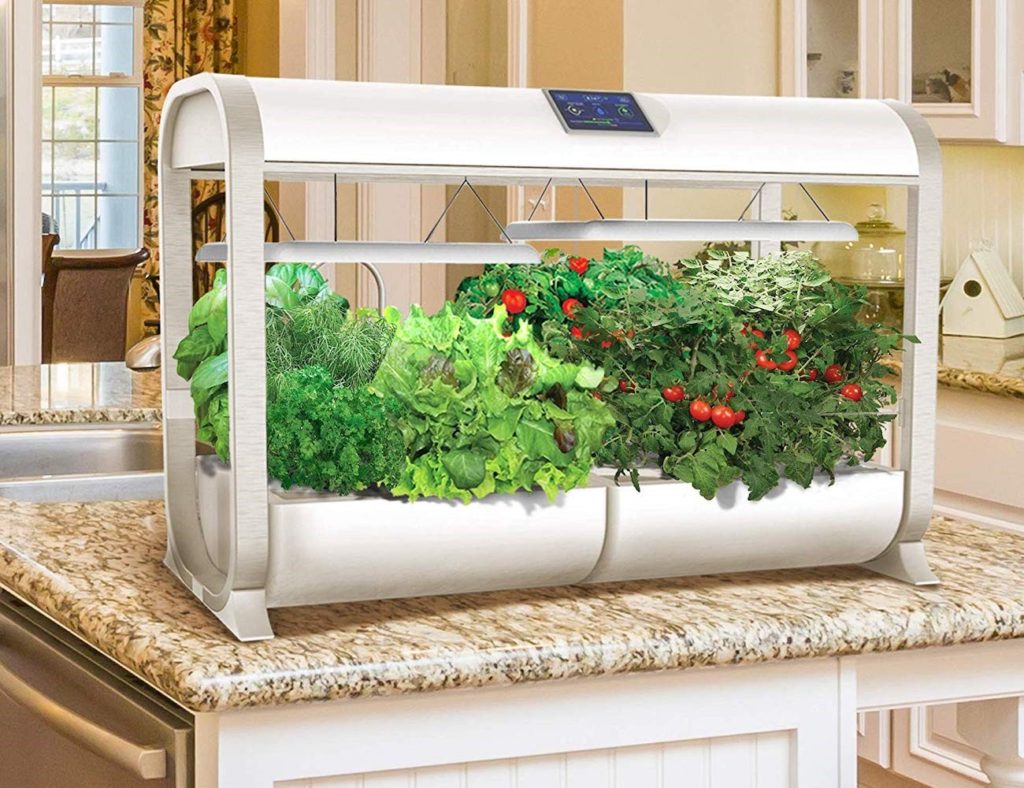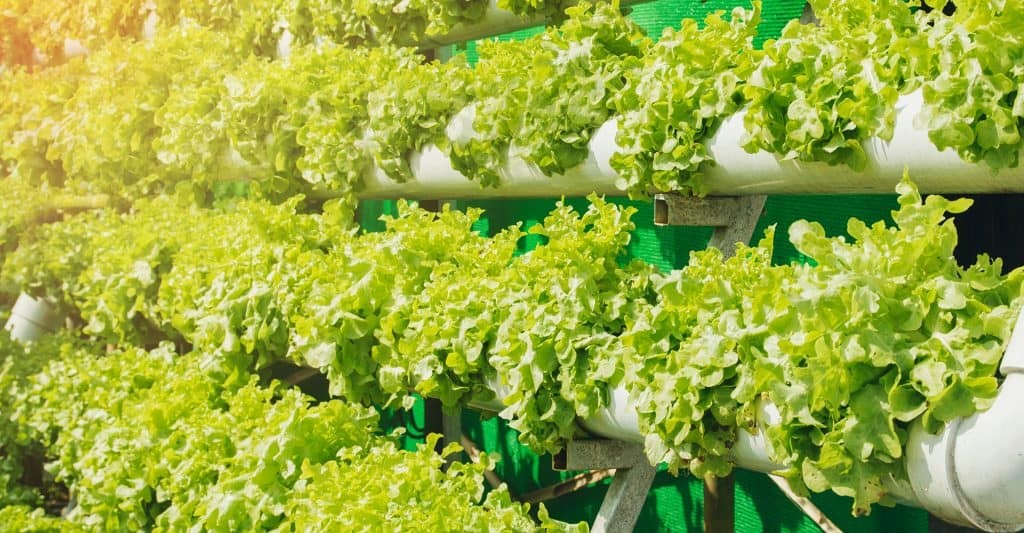Are you interested in hydroponic gardening? Hydroponics has become a worldwide used gardening method that requires no soil but only water and nutritive substances.
It has appealed to both commercial growers and residential gardeners who dwell in flats. Plants require gardeners to supply them with enough water, light, and oxygen, just like the conditions they thrive in when planted in traditional gardens.
In order to build a hydroponic system, you need the right equipment that you can purchase from a hydroponic store in Canada.
Learn more about the equipment these stores are supposed to offer to gardeners.
Hydroponic equipment
The reservoir is the essential piece of equipment in every hydroponic system, as it provides storage for the water that keeps your plants alive. The plants need an optimal amount of moisture and nutrients, which they acquire from the water held inside the reservoir.
The size of the reservoir is supposed to be adapted to the size of your gardening project but make sure it has a lid. Otherwise, water would gradually evaporate, hence depriving the plants of their nutritive intake. Also, stay away from metal reservoirs to prevent toxic substances from doing harm to your greenery.
Besides the reservoir, your hydroponic system needs a water pump that distributes the nutrients from the reservoir to the plants. You can choose from the two available types of pumps, either a submersible or an inline model. Submersible pumps are installed inside the reservoir, making virtually no noise. Conversely, non-submersible pumps are installed outside the reservoir, making them noisier but more powerful. Read more about the history, applications, and working mechanism of submersible pumps.
Another vital component of these systems is lighting, as plants require sufficient light for proper growth. Although grow lights aren’t capable of providing the exact same benefits as natural light, these are designed to imitate sunlight and support cultivation. For example, Metal Halide lights are believed to mimic sunlight the best in comparison with other grow lights. The bluish light produced by these devices is incredibly favorable for growth.
Conversely, high-pressure sodium lights produce both red and orange light tones, providing excellent brightness. Gardeners are advised to use both Metal Halide and high-pressure sodium lights to produce light whose specter resembles that of sunlight.
High-end hydroponic systems require the use of a timer for better regulation of the vital processes. Having a timer means that gardeners can be in control of every operation such as watering the plants, lighting, and ventilation. Digital timers are considered more accurate than analog models, suitable for growing plants that require specific growth conditions.
In order for plants to grow optimally, they need to be provided with the necessary micro and macronutrients. Make sure the premix you purchase contains nitrogen, copper, zinc, iron, calcium, magnesium, Sulphur, iron, phosphorus, boron, etc. Remember that soil fertilizers shouldn’t be used as a substitute for premixes due to the lack of certain nutrients. Go to the following link, https://www.gardeningknowhow.com/garden-how-to/soil-fertilizers/copper-for-the-garden.htm, to learn how copper affects crops.
Hydroponic systems
Hydroponics is an umbrella term for different growing systems that use no soil but growing media to stimulate vegetative growth. Gardeners can choose from six types of hydroponic systems, each providing different benefits and drawbacks.
The wick system requires no use of electricity or water pumps to be functional, which makes it one of the simplest solutions. It uses a wick to supply nutrients and water to the plants, placed inside a growing medium like perlite. Gardeners are suggested to use this system for small plants that require not much water, as large crops won’t be provided with sufficient nutrients. It requires a reservoir, growing medium, wick, and a monitoring device to operate.
The Deepwater Culture System (DWC) is another cost-effective, simple form of hydroponics where the roots of greenery are submerged into the nutrient solution. Net pots are supposed to be used in order for crops to be secured. Plants receive oxygen with the help of air pumps, as otherwise, they would drown in the solution. DWC provides fast growth, requires low upkeep but growing large crops isn’t exactly recommended for this system.
The ebb and flow system, which you might have heard as the flood and drain system, is an excellent alternative for home gardeners. You’d need a large tray filled with perlite and a water pump to supply the crops with nutrients. It provides home gardeners with an opportunity to grow any kind of herbs and crops they like.
In order for gardeners to use the ebb and flow system, they need to invest in a pump, air pump, reservoir, timer, tray, distilled water, and premix of nutrients. Make sure you find a reputable hydroponic store that offers all types of hydroponic equipment from lighting to ventilation. The only drawback of the ebb and flow alternative is the requirement for round-the-clock monitoring.
Drip systems are better suited for commercial gardening purposes due to its versatility, effectiveness, affordability, and control over the process. The size of this system can be adapted to the requirements of users. The crops are fed through special tubes at the end of which there’s an emitter to control the number of nutritive substances.
The nutrient film technique (NFT) is another popular type of hydroponics where water and nutritive elements are stored in a huge reservoir with an air pump. The water pump is responsible for transporting the liquid from the tank to the root of plants.
On the negative side, NFT might impede the growth of crops because of pump malfunction. Also, there is a risk of overgrown roots that clog the channels.
The aeroponic system is believed to be the costliest, most effective hydroponic type, which provides crops with the largest amount of oxygen. It also prevents the possibility of oversaturation or insufficient root saturation. Visit this page to learn how to assemble a homemade hydroponic system.
Conclusion
Hydroponics has encouraged aspiring gardeners to practice their gardening skills.
You should try it too!



